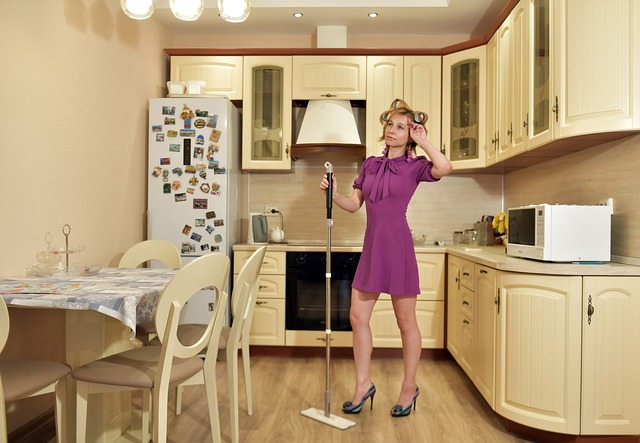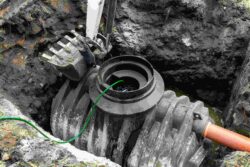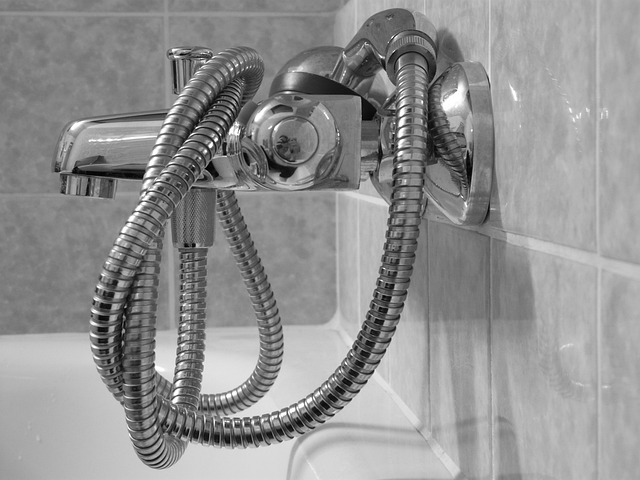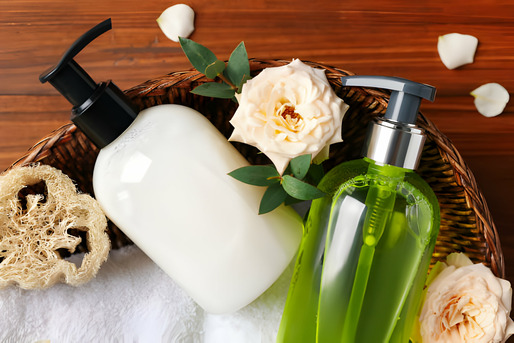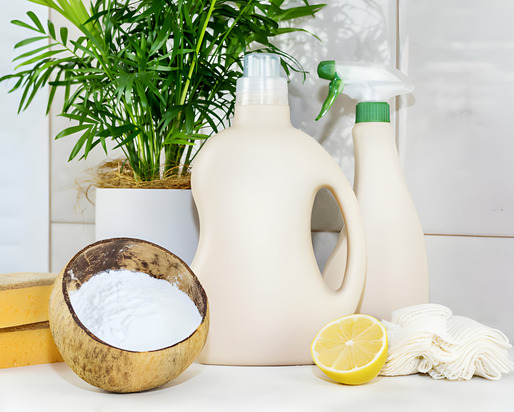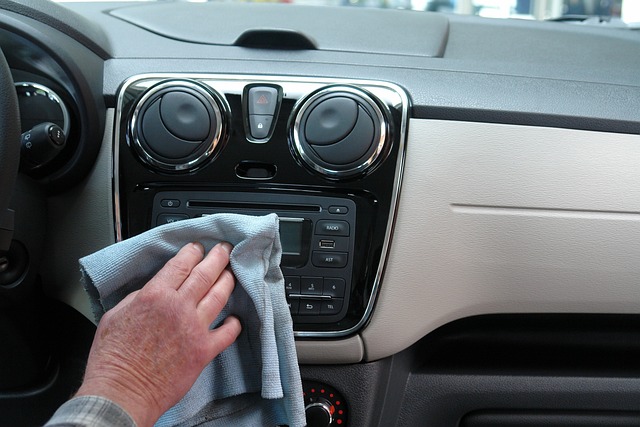Maintaining a clean commercial kitchen is not just a matter of aesthetics; it’s critical to the success and safety of your establishment. Cleanliness directly impacts customer satisfaction, health and safety regulations, and the overall reputation of your business. In this comprehensive guide, we will delve into every aspect of commercial kitchen cleaning. From daily routines to monthly deep cleaning procedures, pest prevention to employee responsibilities, and even compliance with health regulations, this guide covers it all.
A clean kitchen enhances customer satisfaction by ensuring that the food prepared is of the highest quality and safe to eat. Furthermore, adhering to health regulations is not only a legal obligation but also a testament to your commitment to the well-being of your customers.
How to Prepare for Cleaning
- Assembling the necessary cleaning supplies: Before you start cleaning, gather the essential cleaning supplies, such as cleaning agents, sanitizers, scrub brushes, and safety equipment. This ensures you have everything you need on hand.
- Ensuring safety through personal protective equipment: Protect the well-being of your staff by providing them with personal protective equipment (PPE) such as gloves, goggles, and aprons to minimize exposure to cleaning chemicals.
- Clearing and organizing the workspace: Before initiating the cleaning process, ensure the workspace is clear and organized. Remove any obstacles or items that might hinder cleaning procedures.
Daily Cleaning Procedures
Here are some cleaning procedures you must undertake in your commercial kitchen on a daily basis to maintain a healthy and clean kitchen space.
Cleaning and sanitizing food contact surfaces
Daily cleaning of food contact surfaces, such as cutting boards, knives, and prep tables, is crucial for preventing cross-contamination and foodborne illnesses.
Sweeping and mopping floors
Clean and dry floors are essential to prevent slips and falls. Daily sweeping and mopping maintain a safe and hygienic environment.
Cleaning and sanitizing cooking equipment
Regular cleaning and sanitization of stoves, grills, and fryers ensure the safety of your food and the longevity of your equipment.
Maintaining cleanliness in food storage areas
Regularly organize and clean food storage areas to prevent pest infestations and ensure the freshness of your ingredients.
Weekly Cleaning Procedures
You don’t have to do these ones daily but they should be incorporated into your weekly comercial kitchen cleaning schedule always.
Deep cleaning of ovens and grills
Weekly deep cleaning of ovens and grills prevents the buildup of grease and carbon deposits that can compromise food quality and safety.
Cleaning and sanitizing refrigerators and freezers
Clean and sanitize these appliances to prevent food contamination and maintain the freshness of your stored products.
Disinfecting countertops and workstations
Disinfection is key to preventing the spread of harmful pathogens. Regularly clean and disinfect countertops and workstations.
Grease trap cleaning and maintenance
Regular maintenance of grease traps prevents blockages and ensures the efficient flow of wastewater.
Monthly Cleaning Procedures
Every month you should always engage in the following commercial cleaning procedures:
Thorough inspection of ventilation systems
Inspect and clean ventilation systems to maintain proper airflow, reduce fire hazards, and ensure a comfortable working environment.
Cleaning and maintaining kitchen hoods and exhaust fans
Regular cleaning of kitchen hoods and exhaust fans prevents the accumulation of grease and ensures the safety of your kitchen.
Deep cleaning of hard-to-reach areas
Monthly deep cleaning reaches neglected areas that accumulate dirt and grime, ensuring a thorough and lasting cleanliness.
Cleaning and disinfecting drains
Regular drain cleaning prevents clogs and the development of foul odors in your kitchen.
Preventing Pest Infestations
Preventing pest infestations is an important aspect of commercial kitchen cleaning. Here are some ways to go about this:
Identifying common kitchen pests
Learn to identify common kitchen pests such as cockroaches, rodents, and fruit flies to prevent infestations.
Implementing pest prevention measures
Seal entry points, maintain cleanliness, and store food properly to prevent pests from infiltrating your kitchen.
Dealing with pest infestations
In the unfortunate event of an infestation, follow appropriate measures, such as professional pest control services, to resolve the issue promptly.
Training and Employee Responsibilities
You must also train your employees to be responsible for the cleanliness and health of your commercial kitchen. Here are some things to consider in this area:
Establishing a cleaning schedule
Create a cleaning schedule to ensure that cleaning tasks are distributed evenly and consistently throughout your staff.
Employee training and awareness
Train your staff on proper cleaning procedures, emphasizing the importance of hygiene, cleanliness, and food safety.
Supervision and accountability
Appoint a responsible person to oversee cleaning procedures, ensuring that tasks are completed as scheduled and maintaining accountability.
Compliance with Health and Safety Regulations
You must comply with health and safety regualtions concerning the environment and commercial kitchens. Here are things to consider:
Overview of food safety regulations
Understand the food safety regulations that apply to your establishment, and ensure strict compliance.
Maintaining records and documentation
Keep thorough records of cleaning schedules, pest control measures, and compliance with health and safety regulations.
Health inspections and compliance
Prepare for and pass health inspections by ensuring your kitchen adheres to regulations and maintaining documentation.
Eco-Friendly Cleaning Practices
The environment is very important and we must protect it at all costs even during commercial kitchen cleaning. Here are the common eco-friendly practices to consider:
Sustainable cleaning products and methods
Explore eco-friendly cleaning products and methods that reduce environmental impact while maintaining cleanliness.
Reducing waste and environmental impact
Minimize waste and use eco-friendly cleaning practices to contribute to a more sustainable kitchen environment.
Benefits of eco-friendly practices
Implementing eco-friendly practices not only reduces your ecological footprint but also attracts eco-conscious customers.
Emergency Spill and Contamination Response
For emergency spill and contamination, here are proper ways to handle and respond to this:
Preparing for potential emergencies
Establish procedures for handling spills and contamination emergencies to minimize risks.
Steps to take in case of contamination or spills
Take immediate action to isolate and address spills or contamination, minimizing the risk to food safety and employee health.
Reporting and documenting incidents
Document all incidents and actions taken for reference and review.
Specialized Cleaning Services
Consider specialised cleaning services like hiring a professional cleaning service when necessary.
When to consider professional kitchen cleaning services
Consider specialized cleaning services for tasks that require expertise, such as hood and duct cleaning or deep fryer cleaning.
Choosing the right cleaning service
Select a reputable cleaning service that meets your specific needs and adheres to industry standards.
Benefits of specialized cleaning services
Specialized cleaning services ensure the highest standards of cleanliness, safety, and compliance with health regulations.
Conclusion
A clean commercial kitchen is the heart of your business, ensuring the safety and satisfaction of your customers. We encourage every business owner to follow this ultimate guide for kitchen cleanliness to achieve the highest standards of hygiene and safety. Consistency in kitchen cleanliness not only ensures regulatory compliance but also establishes your business as a trusted provider of safe, high-quality food.





